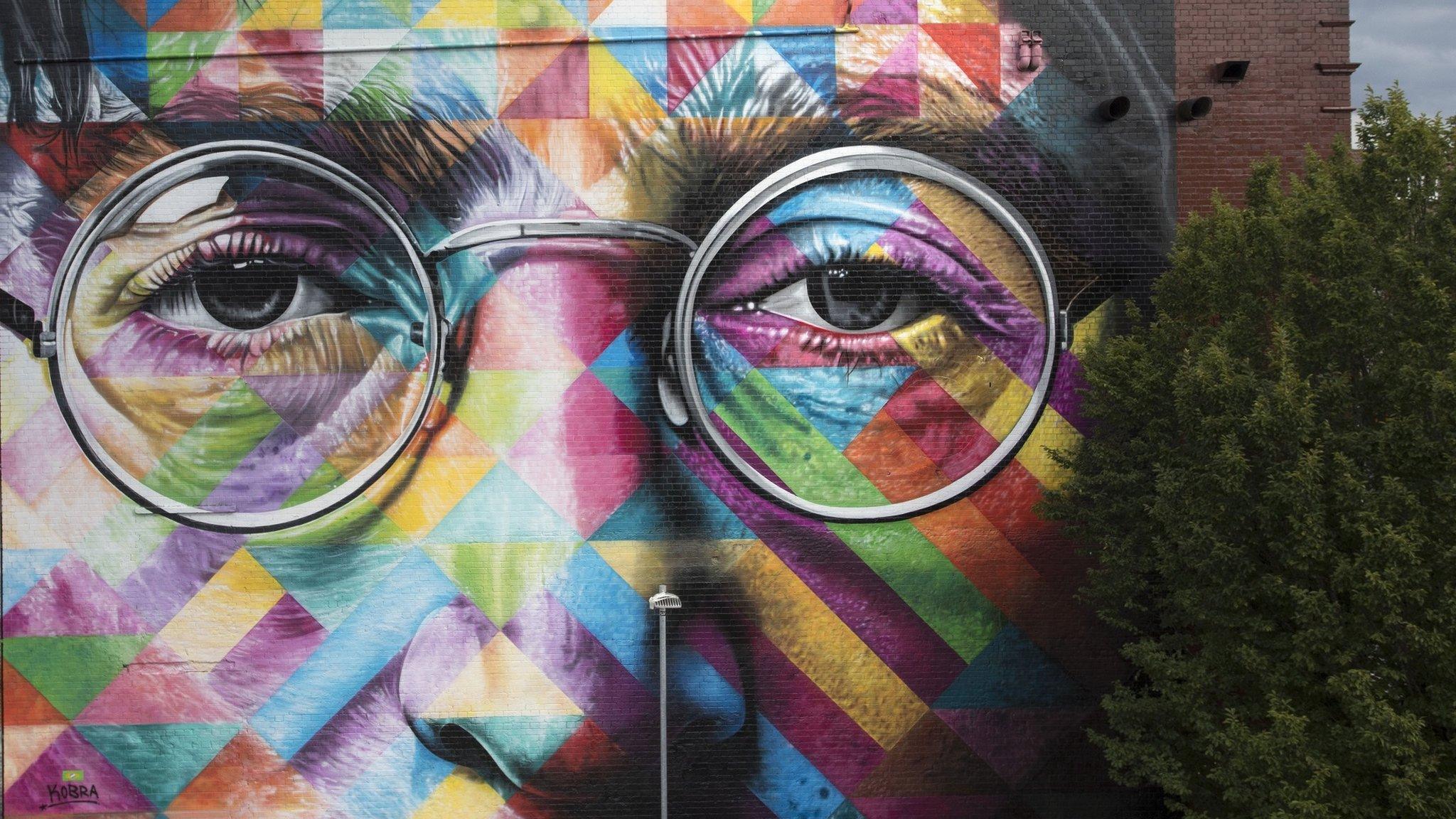The city renowned for its street art
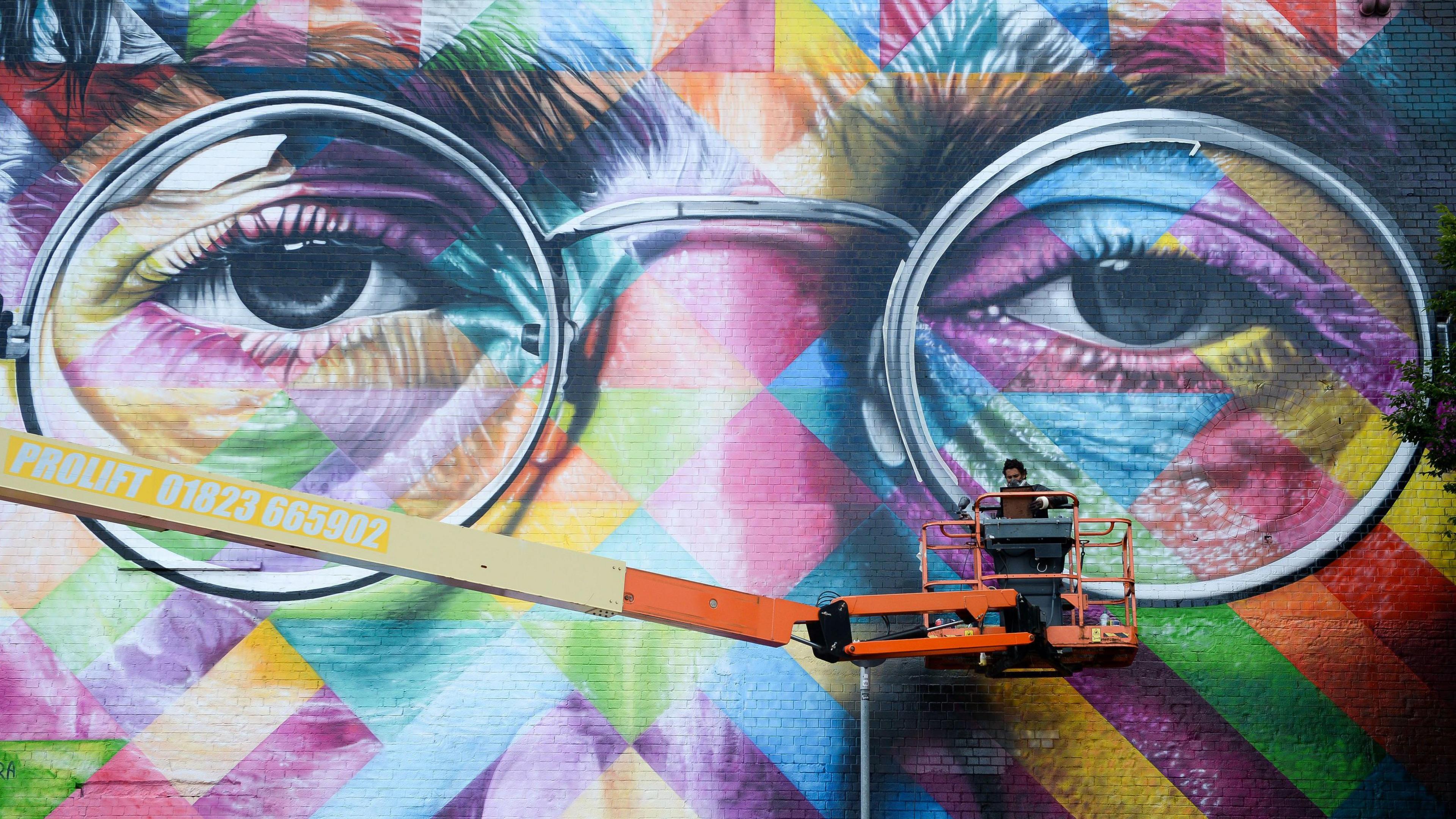
Bristol has been named in Lonely Planet's top 50 destinations list for its street art
- Published
Bristol has been synonymous with street art since graffiti made its way onto its streets in the 1980s.
The practice could be seen everywhere on the daily commute, adorned on walls, tunnels and metal shutters - always unintelligible, loud and colourful. It was a reflection of the city's music scene taking from hip hip culture and the emerging 'Bristol Sound'.
From obsessive city-wide tagging in every impossible nook and cranny and world famous Banksy pieces to bold and colourful community murals, Bristol's street art has since become world renowned.
So much so, that it has now been named one of the top 50 destinations in Lonely Planet's Best in Travel 2026.
Here we take a look at Bristol's street art history.
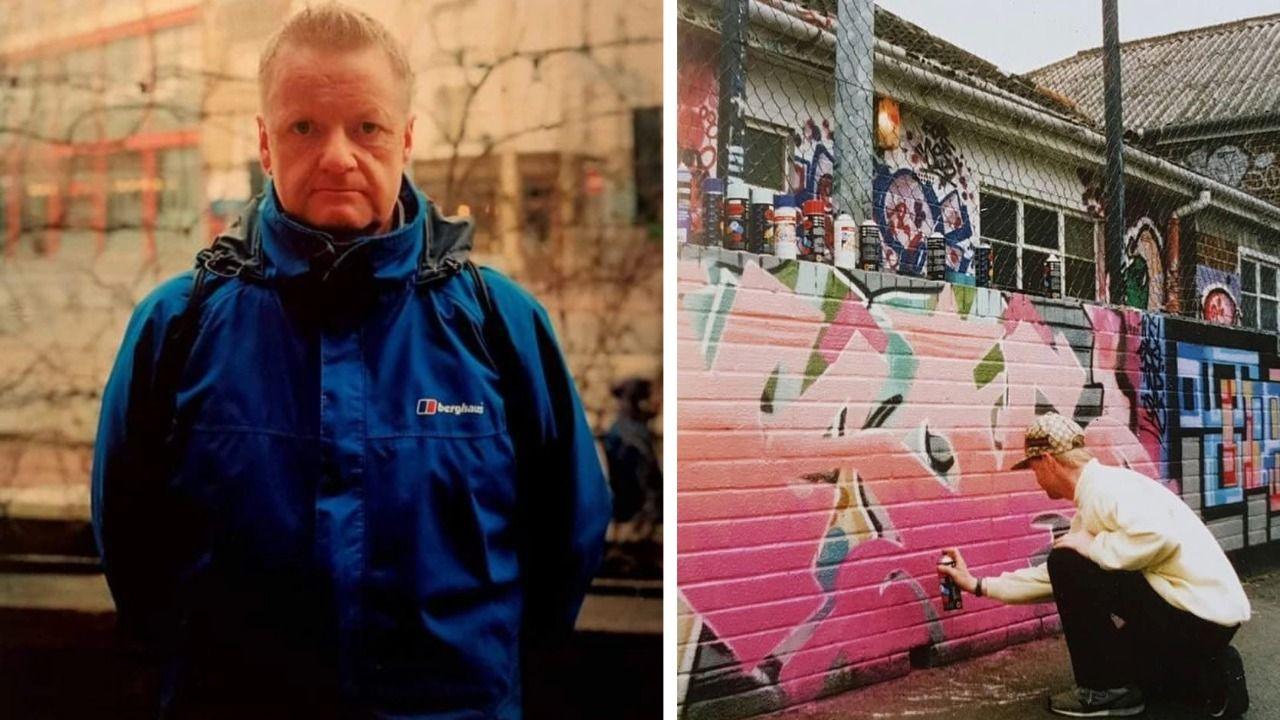
Barton Hill youth club is where artists like John Nation (pictured) along with Banksy and Inkie started out
Graffiti artist, enthusiast and ex-social worker John Nation is known as the godfather of the urban art movement for his tireless dedication and love to the scene.
"Barton Hill - that's where my journey began. I went to the youth club there and then worked there," he said.
In the 1980s, The Dug Out youth club in Barton Hill was a place that embraced this new idea of 'graffiti' as a form of expression.
It is also where street artists like Banksy and Inkie started out.
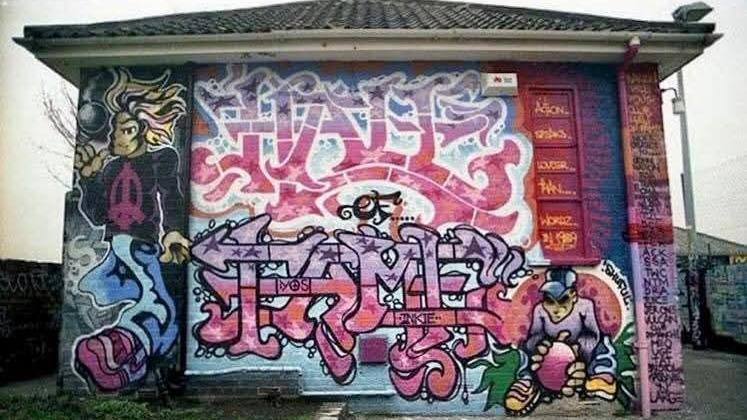
Inkie painted some of his first pieces at the Barton Hill youth club including this 'Hall of Fame' piece
"Street art didn't really exist yet, it was all graffiti and it was a part of hip hop culture," Mr Nation explained.
"Graffiti culture was imported from the US shaping a whole generation.
"Robert Del Naja from Massive Attack, also known as 3D, was a big catalyst for that.
"He was pivotal as the city's first ever graffiti writer to inspire a whole generation of 'writers'.
"It influenced Banksy in his early years - growing up in a city where this art and creative expression wasn't widely accepted, but was a major part of its urban tapestry.
"The walls spoke for the generation."
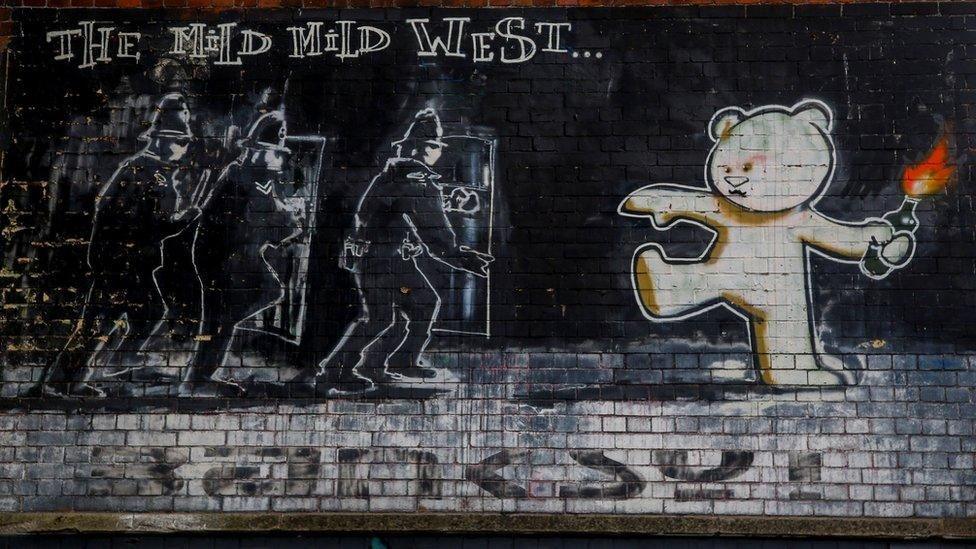
Street art was born out of graffiti writers who evolved their practice over time
Barton Hill became "like a laboratory" for the young artists there, including Banksy.
As graffiti grew in popularity prolific "writers" began turning walls into colourful and edgy displays of counterculture.
A practice the council and police have long since opposed when done without permission.
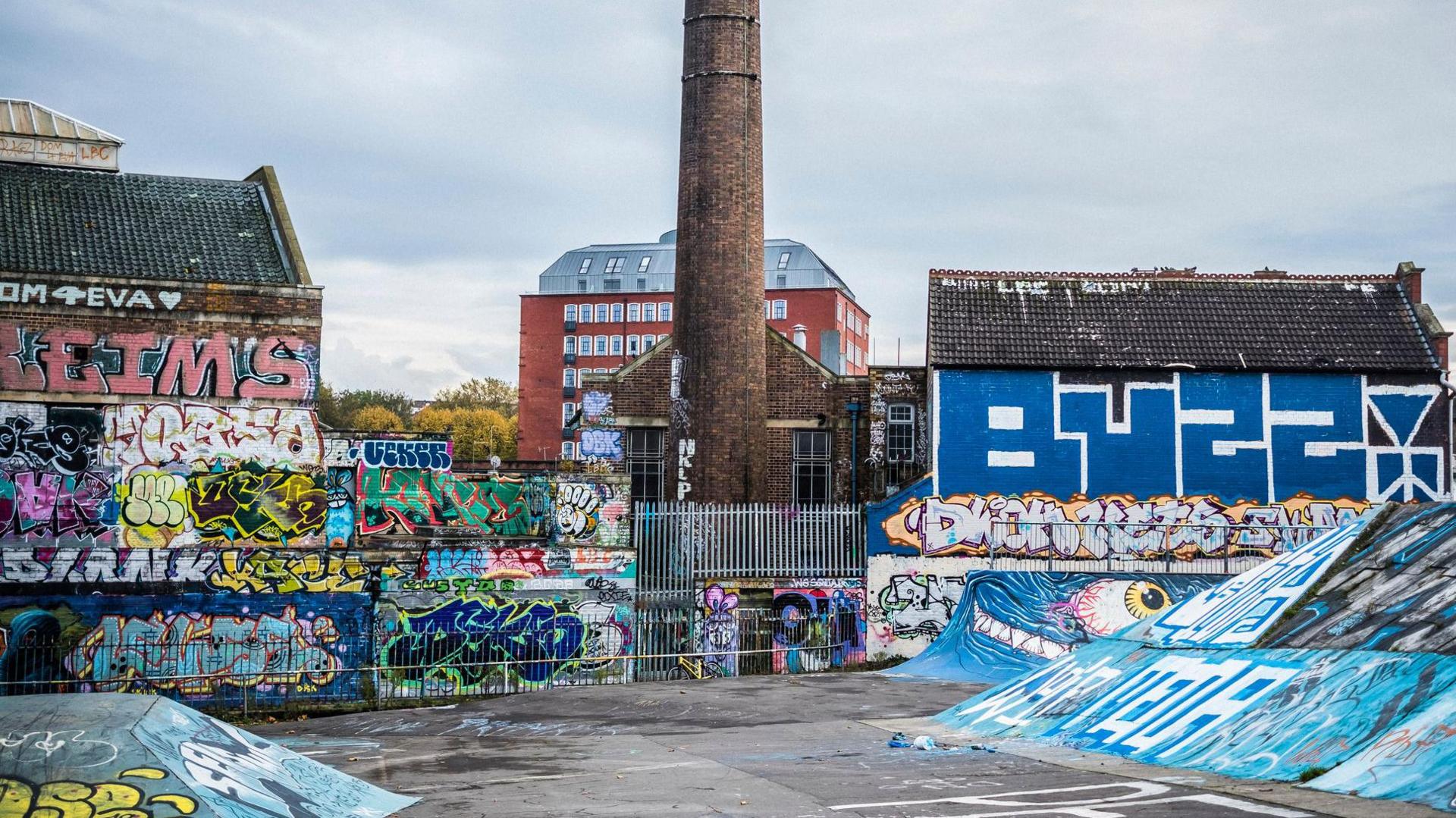
Mr Nation said: "Graffiti is entrenched in repetitively writing a pseudonym"
"Then in the 90s you had a proliferation of artists who had matured into adults and their styles had evolved," Mr Nation said.
"People like Inkie, he really represents that journey it went through from its roots into more contemporary work.
"This is when the umbrella [term] of 'street art' came into fruition and Bristol became more associated with street art culture - The Banksy phenomenon."
He further explained that street art became a sperate practice to graffiti writing and from here on became more widely "commercially acceptable to a wider audience".
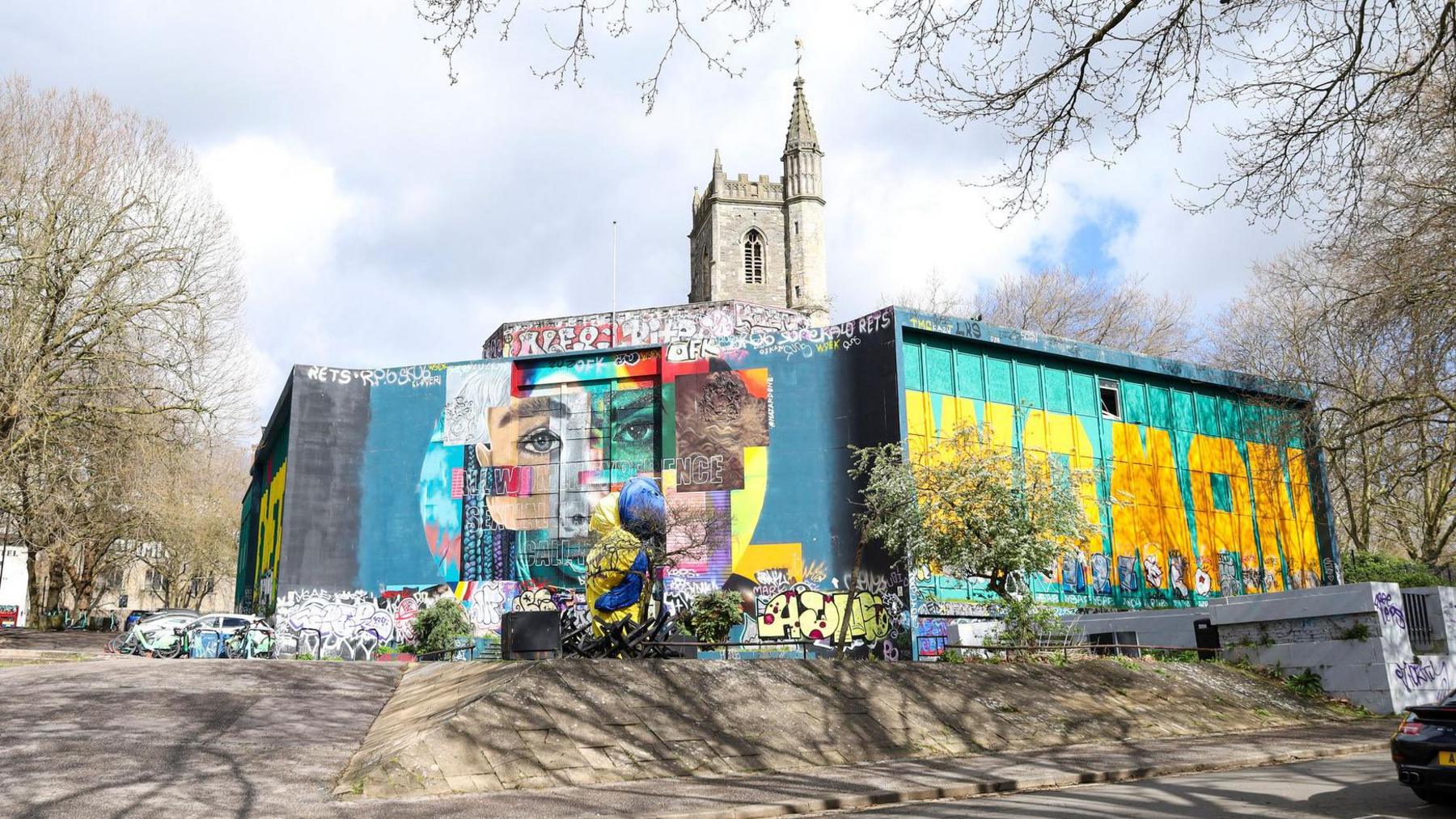
From the 90s onwards paint jams and festivals in Bristol grew in popularity
Part of Bristol's global visibility came from early "paint jams" where artists would descend on an area to cover it in murals and graffiti.
Eventually, larger public paint jam festivals such as See No Evil, external and Upfest gained increasing attention bringing in thousands of tourists.
Upfest founder Steve Hayles said Bristol "has always had it's own beat" and "done its own thing" where its artists "have always had something to say".
"[Street art] allows oppressed voices to be heard and shared," he said.
He likened it to social media where one artist could put something out that created widespread conversations.
He said its ability to "say something" is what motivated him to start UpFest.
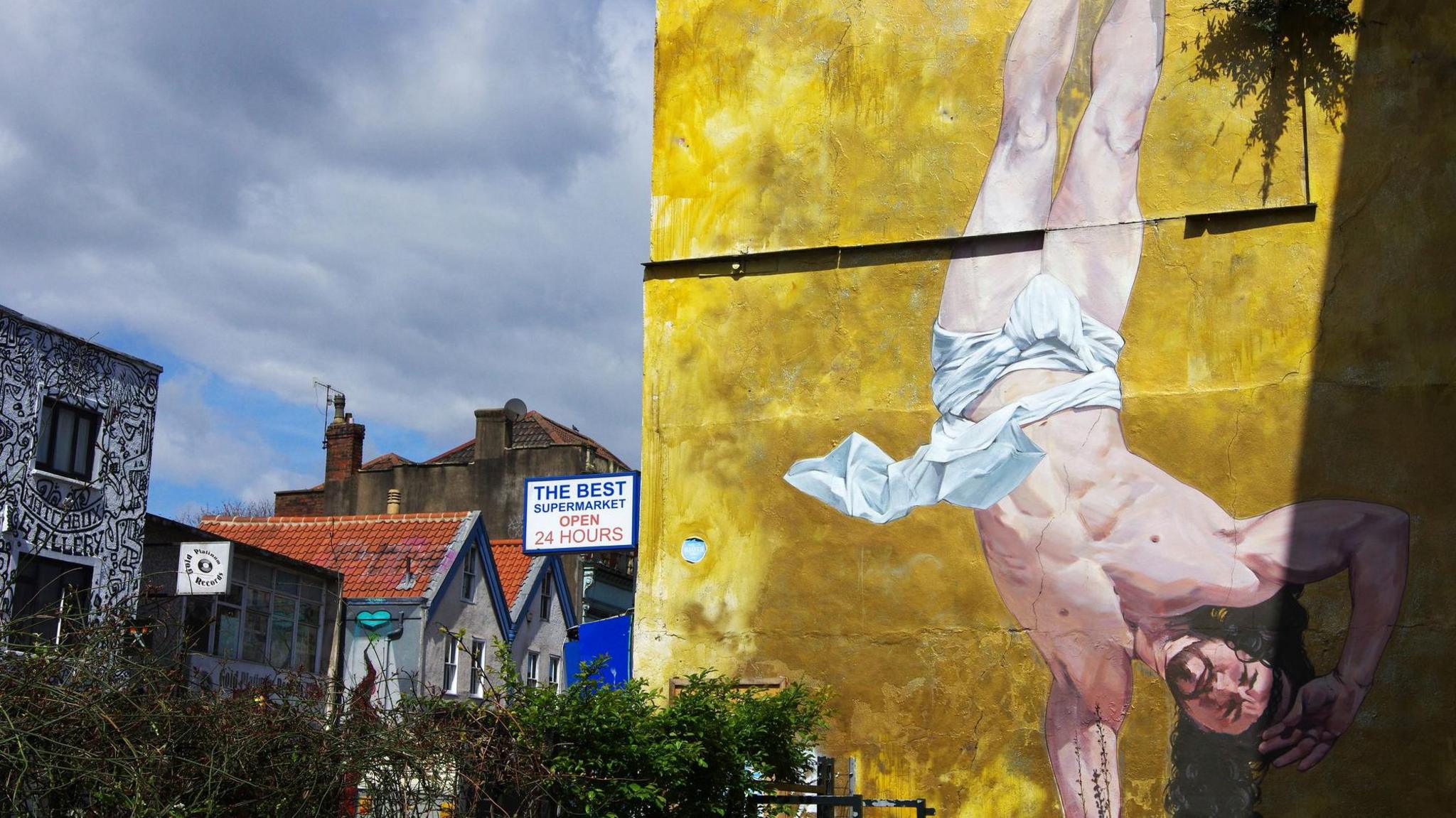
Mr Hayles said: "Bristol would not be what it is without the artists"
"I also love the way an intervention can affect somebody's day. I remember I saw a manhole that had been painted into an egg - that made me smile."
"That's the power of street art."
Mr Hayles said it is great that Lonely Planet has recognised "just how abundant and great the street art scene in Bristol is".
"Bristol would not be what it is without the artists," he added.
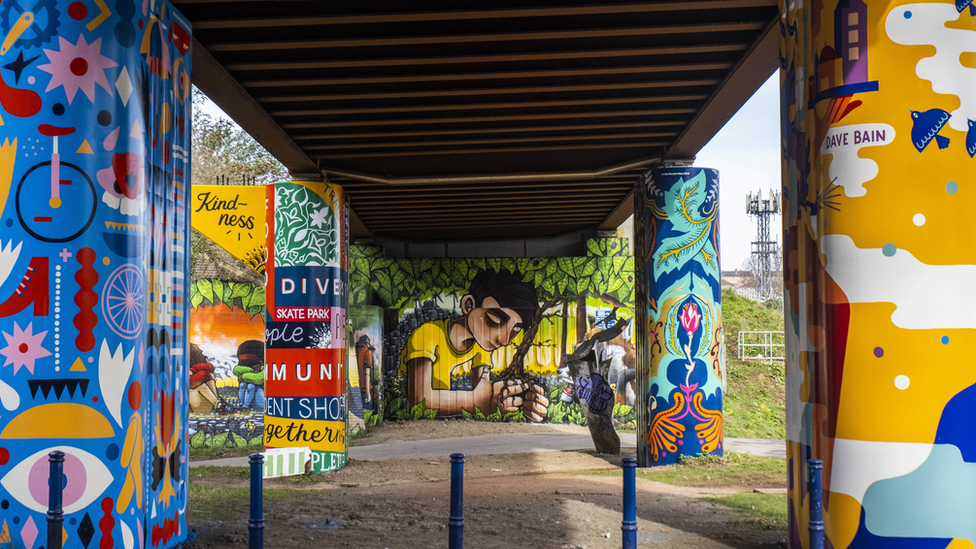
Mr Hayles said street art has the ability to "say something" and spark conversations
Tom Hall from Lonely Planet said Bristol's street art scene "makes for a fantastic inclusion" in the book.
"Exploring the colourful, creative murals dotted around the city is the perfect first step in getting to the heart of Bristol," he said.
Visit West CEO Kathryn Davis said: "Our ever-evolving outdoor gallery draws thousands of visitors from around the world each year, contributing millions of pounds to the local visitor economy."
Tony Dyer, leader of Bristol City Council, said: "This is great news for our tourism industry and our city's profile on the world stage. We want to show off our talents to the world.
As a city that's home to so many communities, each living, working and creating together, it's no wonder that those influences have blended to create new expressions of emotion, sentiment and voice across our public and private spaces."
Lonely Planet's Best in Travel 2026 book is now available to be purchased from all book stores.
Get in touch
Tell us which stories we should cover in Bristol
Follow BBC Bristol on Facebook, external, X, external and Instagram, external. Send your story ideas to us on email or via WhatsApp on 0800 313 4630.
- Published29 September
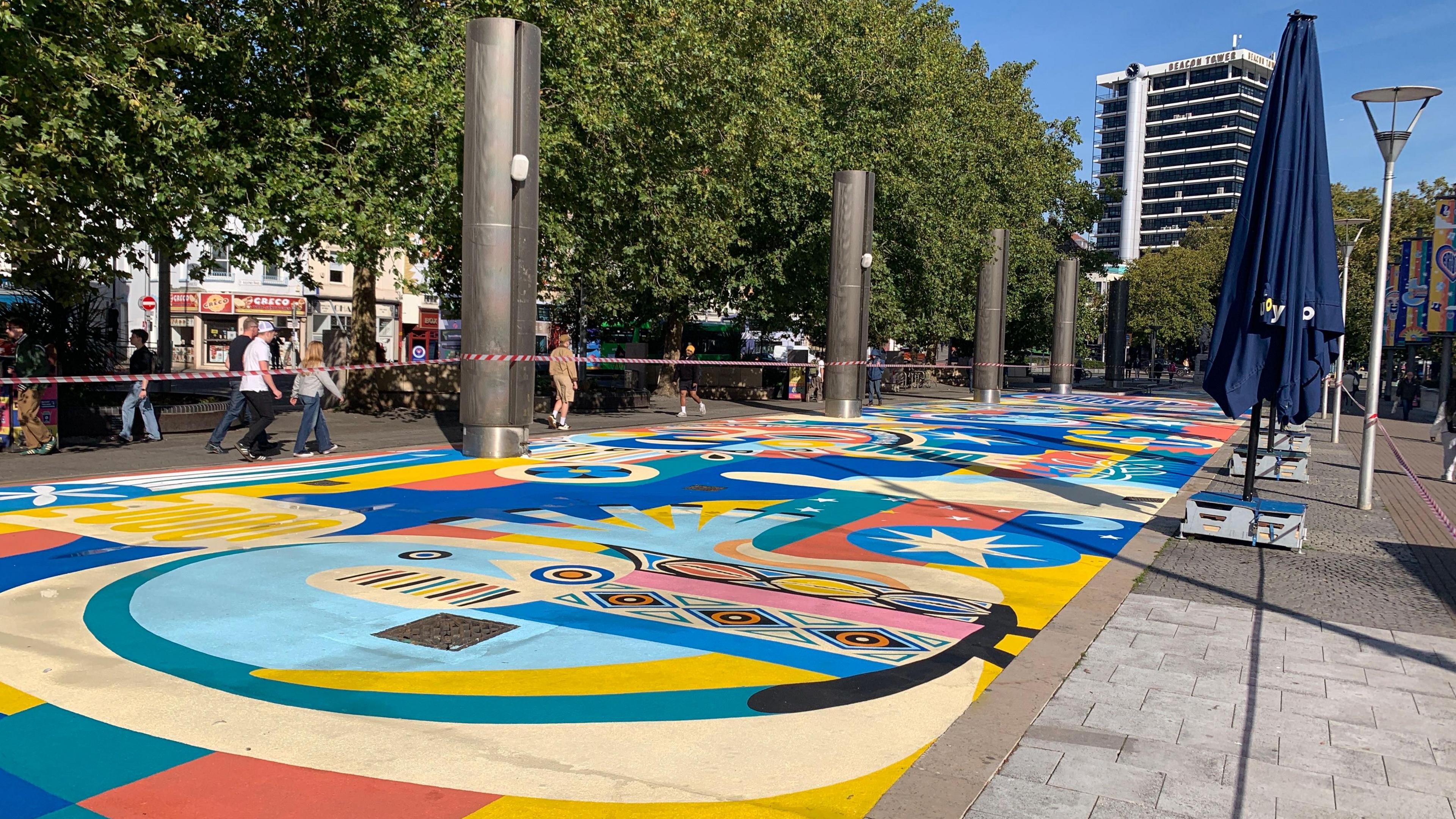
- Published15 January
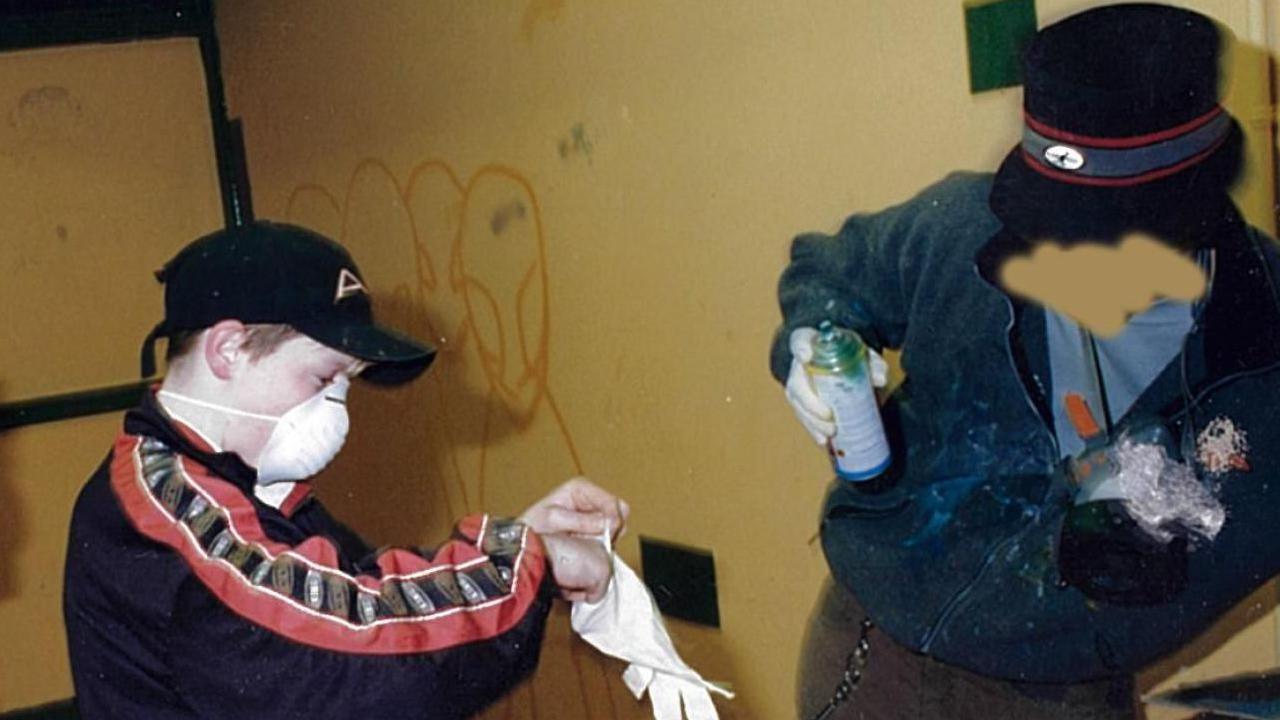
- Published13 August 2024
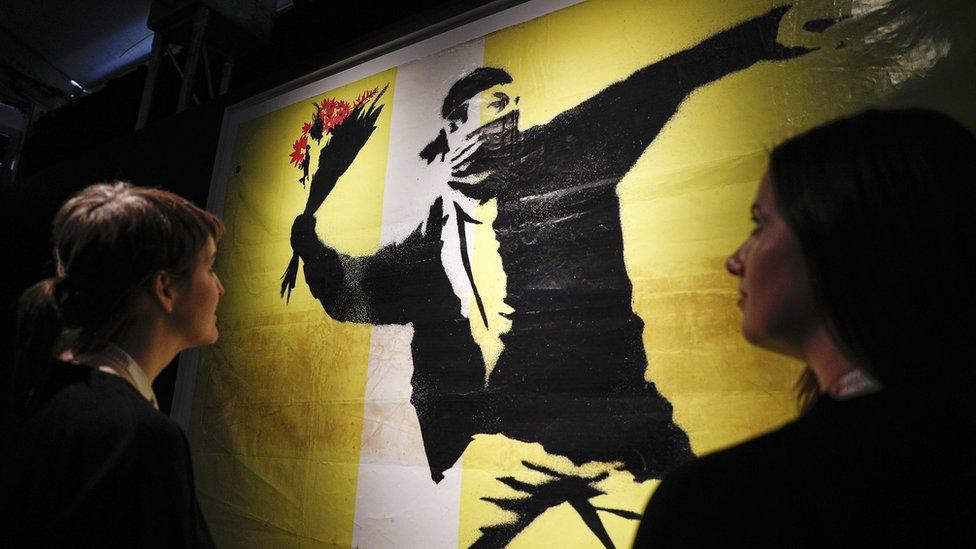
- Published17 February 2024
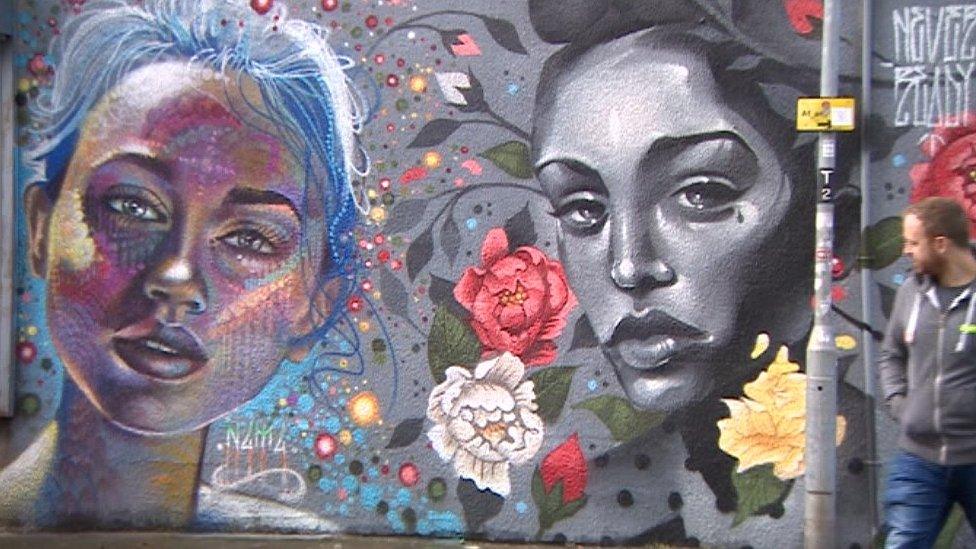
- Published24 June 2021
